Are there property rights on the moon? Specifically, if a private person takes possession of property on the moon, whether real estate or removable resources, does he have a legally cognizable claim? How would he enforce such a claim in practice? The language of the treaty governing such matters, the Outer Space Treaty, leaves the question ambiguous. While the Treaty prohibits national claims to sovereignty over lunar territory, whether this rule restricts private ownership claims is an open question.
Though much has been written on normative questions of the best legal regime for regulating property in outer space and on celestial bodies, the positive question of the current status of such rights has been neglected. While elaborating a new framework for what is currently viewed as an unworkable regime, scholars have only superficially addressed the issue of the existence and enforceability of property rights on the moon.
This Note attempts to remedy this gap in the scholarship by examining three legal doctrines—property law, international law, and space law—in order to provide a snapshot of the current state of the law governing property rights on celestial bodies such as the moon. This Note argues that the framework for litigating legal ownership in space lie at the nexus of these three bodies of doctrine.
The goal of this Note is to provide a toolbox for future litigators. A clear picture of current law governing property rights on celestial bodies will help to reduce the ambiguity surrounding the existing legal framework and thereby provide a better grounding for future policy conversations. This Note attempts to create this clear picture by describing and analyzing three types of property disputes that might arise in outer space and how they each might be litigated if they arose tomorrow.

